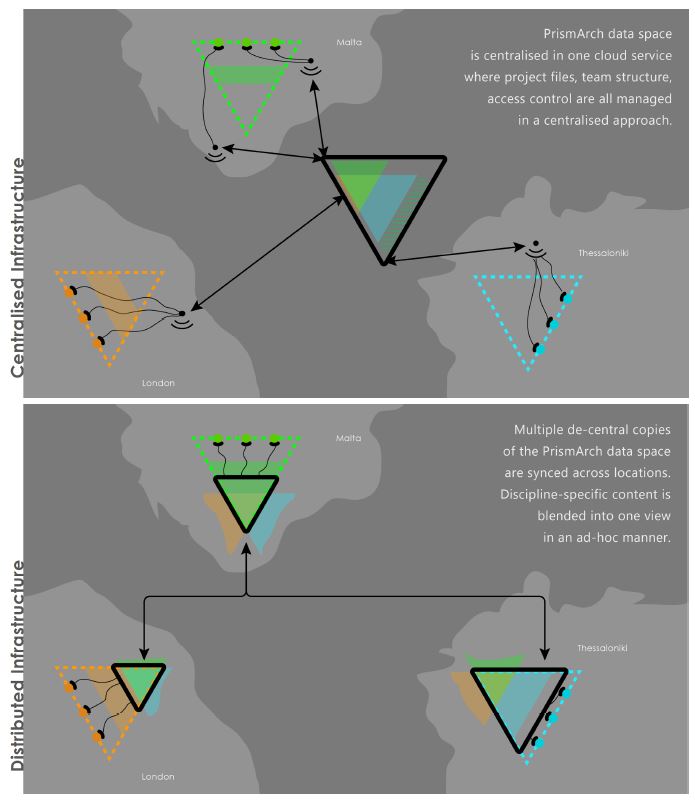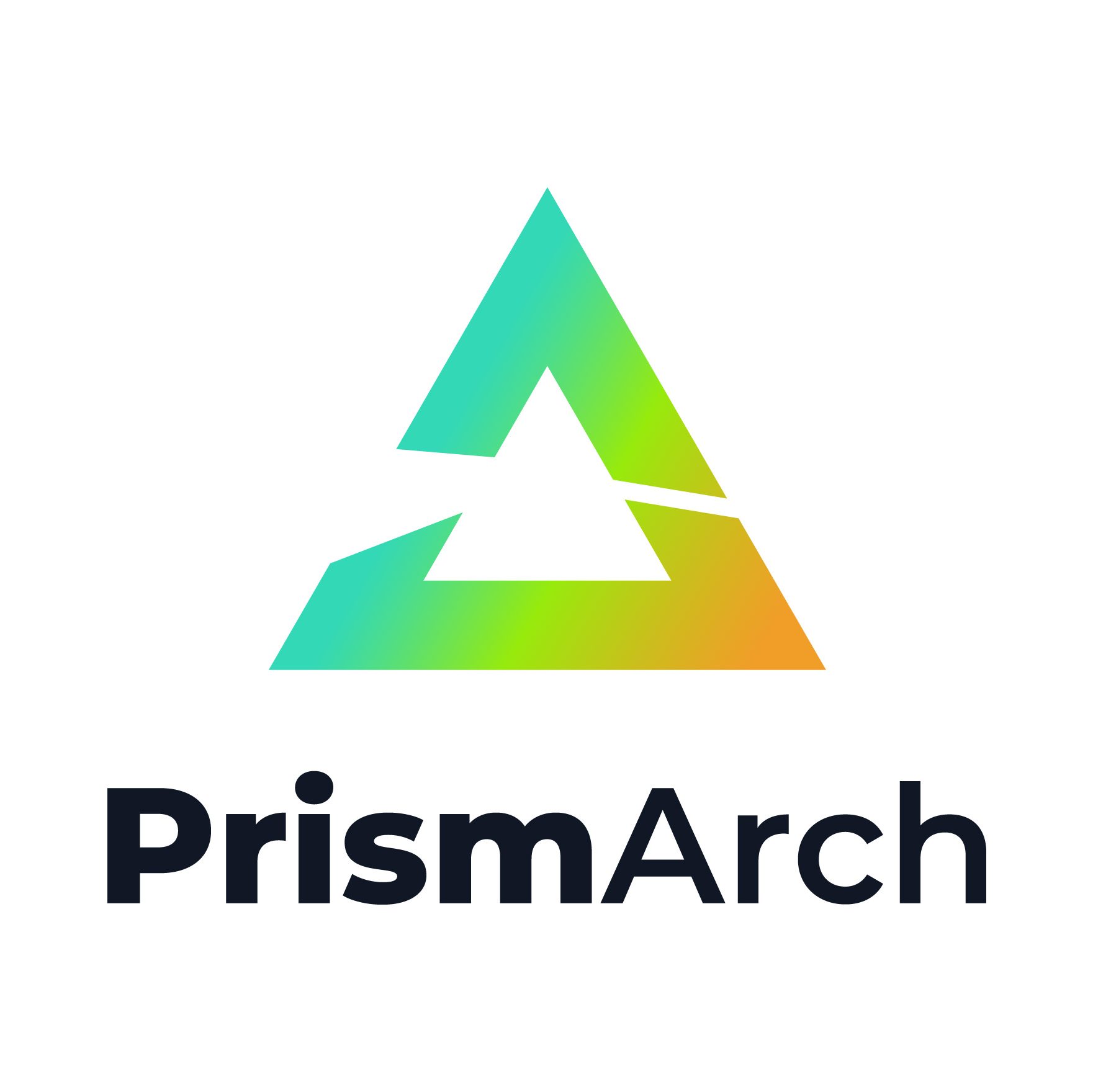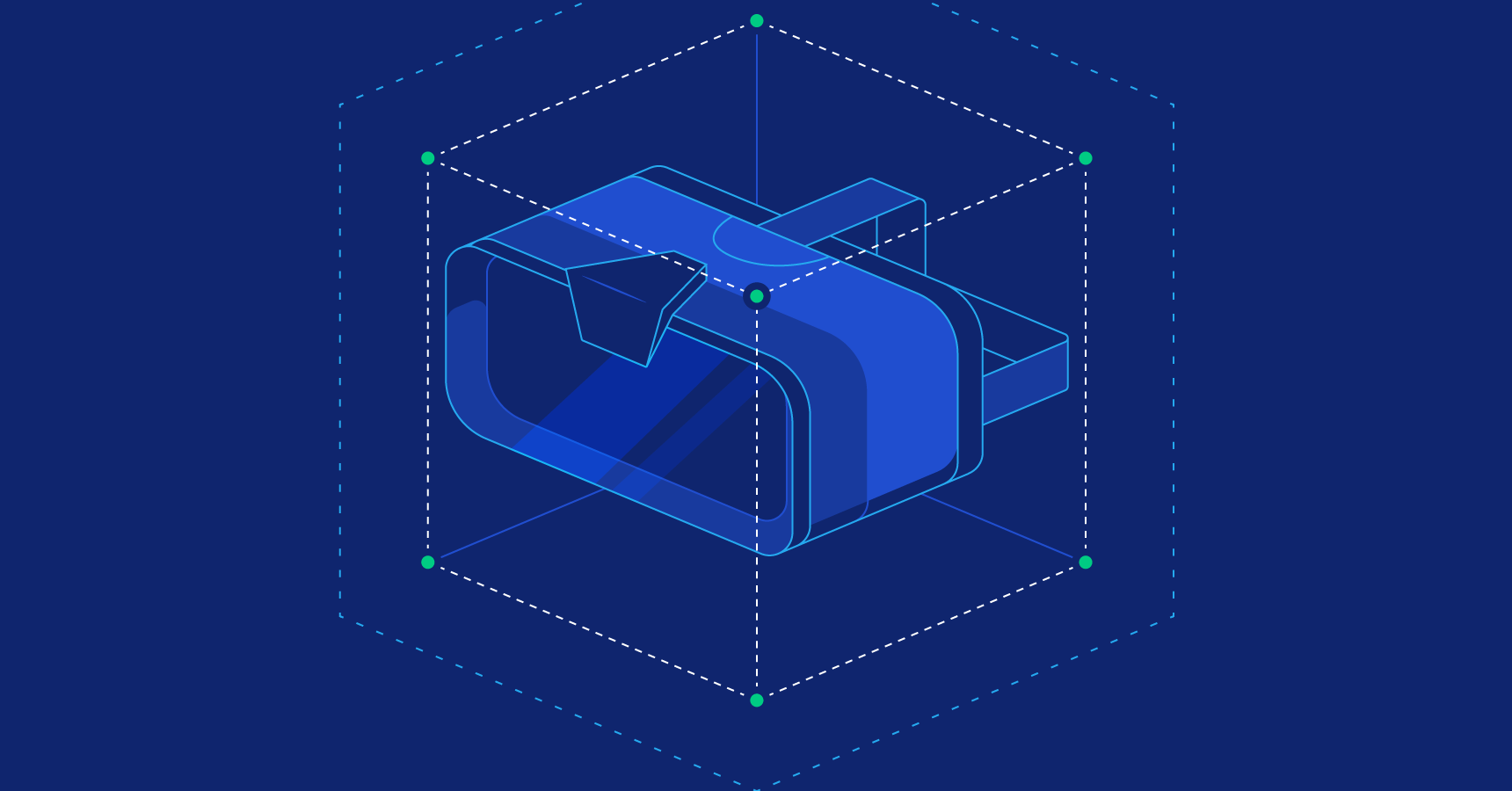Our initial report on UX and usability guidelines in VR-aided design environments was recently released. In previous research, emphasis was put on understanding and linking the project overall vision with a cognitive science account. After all, the fields of distributed and external cognition provide us with a theoretical foundation that allows us to study human task performance both at the individual and at team levels.
In overall, this report considers collaborative design as a set of cognitive processes that are distributed across several team members and mediated through external representations, summarised in a set of concise statements and research questions:
● How spatial content is presented visually can greatly influence how a design task unfolds from a cognitive perspective.
● How can the immersive environment provide task-critical information adequately?
● How does a particular medium support the task?

Taking into account the cognitive properties of specific design media, be it tracing paper or a fully immersive three-dimensional virtual environment, we can study which task-related information is processed in interaction with the different physical and digital tools and media. Moreover, this report seeks to develop a qualitative understanding of how the information can be presented most effectively, especially in relation to the requirements in a highly specialised application domain as is the case for the AEC industries.
You can download and read the full report here, under Deliverable 3.2 – Initial report on UX and usability guidelines in VR-aided design environments.

